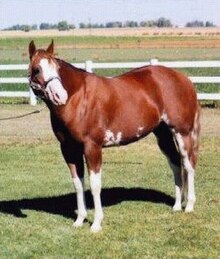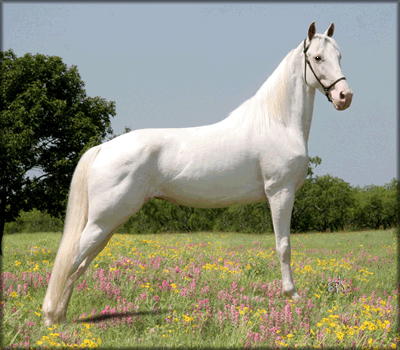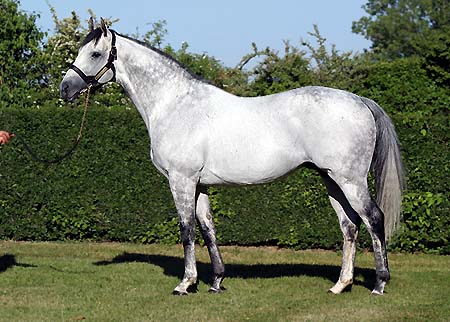AprilBlue
Well-Known Member
For those who know what a solid horse colour is (chestnut,black,brown and apparently bay), how is bay a solid horse colour if bay is made up of 2 colours: black and brown!!!!!!!
black and brown are 2 different colours so how is bay a solid horse colour if a horse of a solid colour is the same colour all over??!!
someone please explain.
thanks
black and brown are 2 different colours so how is bay a solid horse colour if a horse of a solid colour is the same colour all over??!!
someone please explain.
thanks







